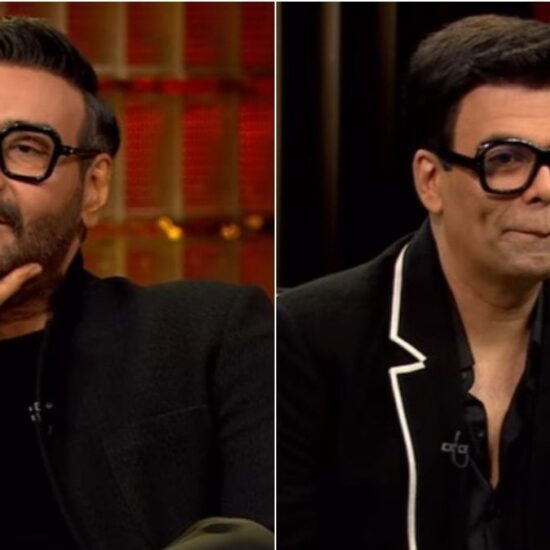
The title of this new documentary about the artist David Hammons is a mouthful: “The Melt Goes On Forever: The Art & Times of David Hammons.” It’s playing at Film Forum, and I don’t envy whoever has to make it fit the marquee. But they should figure that out because the title feels crucial to the aim of this movie, a sly, toasty, piquant consideration of Hammons’s conceptual art, the way it mocks and eludes easy ownership. Which is to say: the way his art is aware of — the way it’s often about — the stakes for Black people navigating the straits of the market.
The movie has all the trappings of a serious nonfiction assessment: scholars, critics, curators and luminous comrades speaking to the humor, funk, atmosphere and texture of the Hammons experience, the acid and ingenuity, the bang of it. The way only he, seemingly, could tile whole telephone poles with bottle caps and affix a backboard and a basketball hoop atop each one, and then plant them, as he did in 1986 with “Higher Goals,” outside a courthouse in Downtown Brooklyn, where they took on a tribal, sky-scraping, palm-tree majesty that winked at the long odds of reaching the N.B.A.’s summit. That piece is like a lot of Hammons’s work: tragicomic. A small forward would need to pole-vault up to those baskets.
Maybe it would’ve been enough for this film, which Harold Crooks directed with the critic and journalist Judd Tully, to get into Hammons’s gift for withering, radiant transfiguration of everyday materials (Black hair, chicken bones, liquor bottles, those caps, fur coats, jelly beans, a hoodie’s hood), of the public’s opinion of art, of status. (In 2017, at the Museum of Modern Art, he hung a drawing by one of his mentors, the crucial, visionary Charles White, across from one Leonardo da Vinci made, which the British royal family owns.) It would have been enough to behold the assortment of thrilling footage of Hammons at work, in conversation and, in one contentious encounter, under interrogation by a group of students. And, for a long, satisfying stretch, that happens here. This is a substantial, patiently made, entertaining portrait, with a percussive, rhythmic jazz score by Ramachandra Borcar and some emphatic spoken word courtesy of Umar Bin Hassan of the Last Poets.













